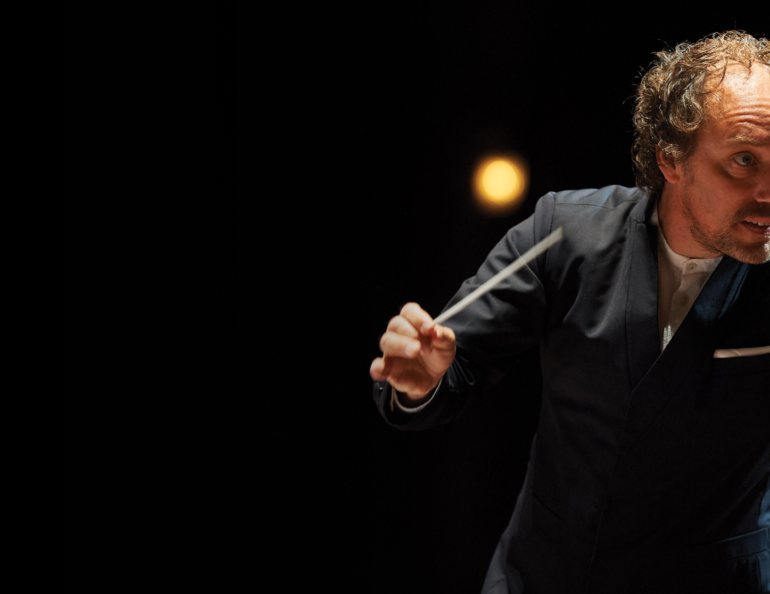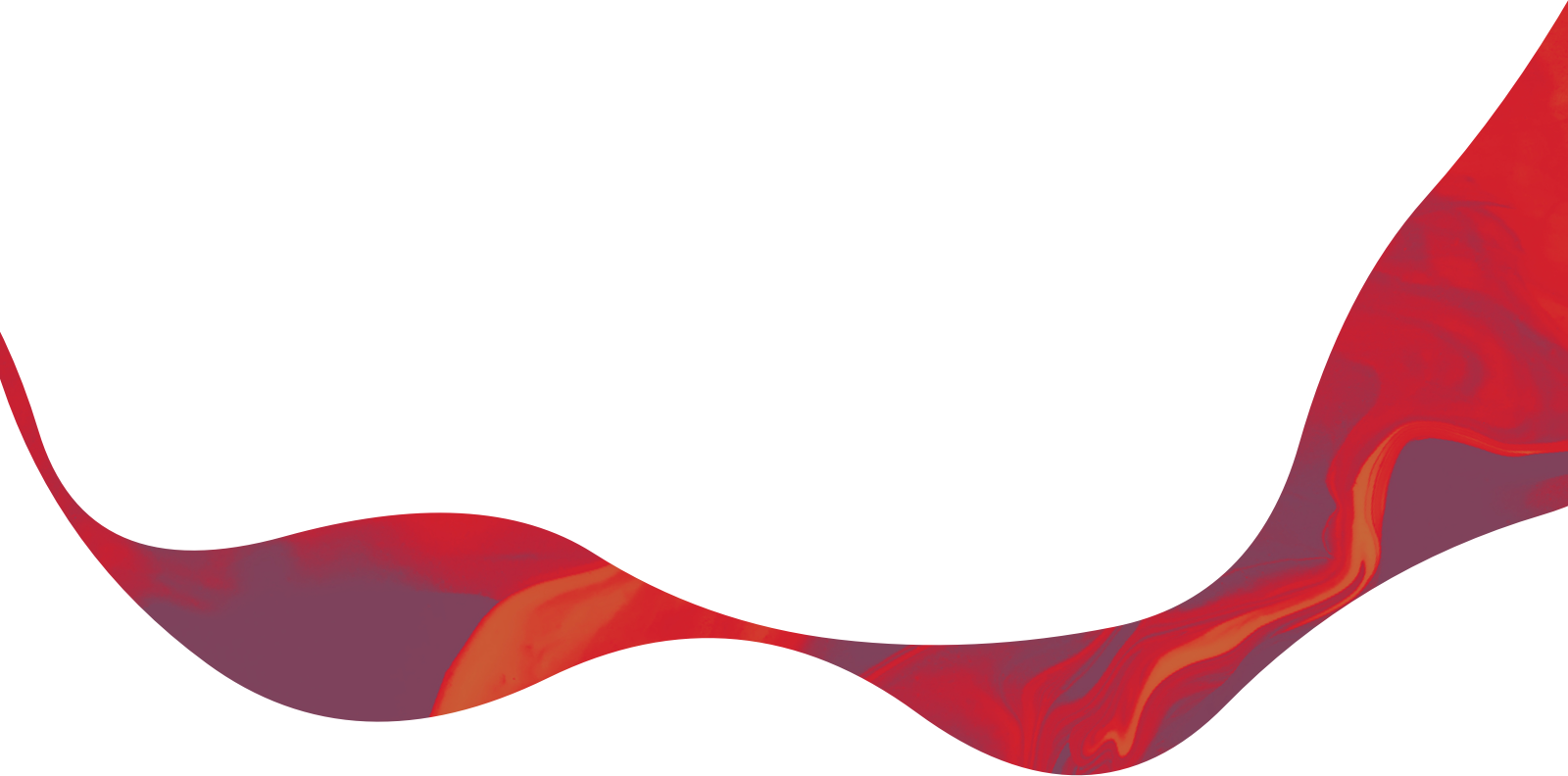Berio was one the most active and influential musicians of recent years. He composed a large number of works for many different combinations of instruments: orchestral pieces, chamber music, multimedia presentations, concertos, vocal works and electronic music. He has also created a variety of arrangements of other composers’ music, from Monteverdi and Gabrieli through Brahms, Weill and the Beatles.
He created this unique suite of Folk Songs in 1964. Neither of the first two numbers is actually a folk song, but rather an original composition in folk style. Black Is the Colour of My True Love’s Hair, and I Wonder as I Wander were written by John Jacob Niles (1892–1980), a singer and musical scholar born in Kentucky.
Loosin yelav is an authentic folk song from Armenia. It describes the rising of the moon. An old French song, Rossignolet du bois (Nightingale of the Woods) follows. The bird of the title advises a lover to sing his serenades two hours after midnight, and identifies the “apples” in his garden as the moon and the sun. A la femminisca comes from Sicily. The wives of fishermen sing it as they wait by the docks for their husbands’ return.
Two more original numbers in folk style come next. In this case, their composer was Berio himself. He wrote the music for them in 1949. La Donna Ideale (The Ideal Woman) is sung in a Genoese dialect. The text advises that any man who comes across a woman who is well-born, well mannered, good looking and who brings a good dowry with her should not let her get away. Berio sets another old Italian poem in Il Ballo (The Ball). The wisest of men lose their heads over love, it says, but love can resist the sun, ice, and any other force of nature.
Motettu di tristura is Sardinian in origin. Its melancholy words are addressed to the nightingale, and express the poet’s unhappiness at being separated from a lover. Two folk songs from the Auvergne district of France follow. Malurous qu’o uno fenno presents the age old paradox of marriage: those who aren’t married wish to be; those who are wish they were not! Lo Fïolairé is sung by a girl who exchanges kisses with a shepherd as she sits by her spinning wheel. The suite concludes with a humorous love song from Azerbaijan.
Program Notes © 2019 Don Anderson








